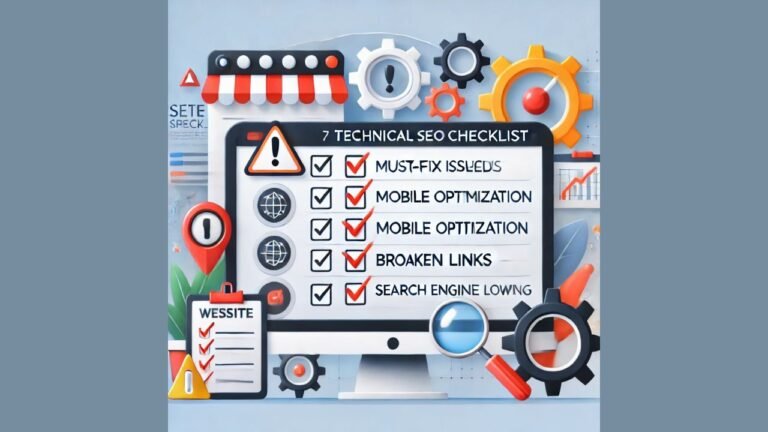
Managing chronic diseases requires a delicate balance between delivering quality care and ensuring accurate documentation. One way healthcare providers are transforming this balance is by embedding prospective coding directly into chronic disease workflows. This approach empowers clinicians to capture the full picture of a patient’s condition as it unfolds, allowing for more precise risk adjustment and better care planning.
Why Prospective Coding Matters in Chronic Disease
Chronic conditions such as diabetes, heart failure, and chronic kidney disease are often complex and require detailed documentation to fully reflect their impact on patient health. Traditional retrospective coding frequently misses important nuances because documentation occurs after the fact, when clinical details may be harder to recall or capture. Embedding prospective coding into the workflow means documentation happens in real time, supporting both clinical decision-making and accurate coding.
When clinicians document conditions thoroughly during the patient encounter, they reduce the risk of gaps that can negatively affect risk scores. Prospective coding encourages providers to be proactive—capturing stages, complications, and comorbidities as they assess and treat the patient. This approach results in a clearer, more complete clinical narrative that benefits both care teams and risk adjustment processes.
Integrating Coding into Clinical Workflows
Successful integration of prospective coding into chronic disease management requires tools and processes that complement the provider’s workflow without adding complexity. Real-time prompts within electronic health records (EHR) can guide clinicians to document specific elements essential for accurate coding—such as disease stage or severity—without disrupting the flow of care.
Additionally, embedding collaborative workflows that involve clinical documentation integrity (CDI) teams and coders ensures that documentation remains clear and aligned with coding requirements. When these teams work closely alongside providers, questions can be addressed promptly, reducing delays and improving documentation quality.
Benefits Beyond Compliance
While accurate coding is critical for reimbursement and compliance, embedding prospective coding into chronic disease workflows offers benefits that extend to patient care. Detailed documentation enhances communication among care team members, facilitating more tailored care plans and timely interventions. This level of detail supports better tracking of disease progression, enabling clinicians to adjust treatments proactively and improve outcomes.
Moreover, comprehensive documentation helps identify care gaps that might otherwise be missed. Providers can target outreach and resources more effectively, ensuring patients receive necessary screenings, medication adjustments, or specialist referrals based on a complete understanding of their condition.
Building a Culture That Supports Proactive Documentation
Embedding prospective coding is as much about culture as it is about technology. Providers need to understand the value of capturing detailed clinical information—not just for coding but for delivering better care. Training and ongoing education are essential, helping clinicians see how documentation impacts patient outcomes and financial stability.
Encouraging open communication between clinicians, CDI teams, and coders fosters a collaborative environment where everyone shares responsibility for accurate documentation. Regular feedback loops and shared performance metrics can reinforce best practices and motivate continuous improvement.
Conclusion
Proactive care with prospective coding workflows transforms chronic disease management by ensuring documentation is timely, detailed, and accurate. By integrating coding into everyday clinical practice, healthcare providers can close documentation gaps, improve risk adjustment accuracy, and enhance patient care. This approach creates a foundation for better clinical outcomes and financial sustainability, making prospective coding an essential part of modern chronic disease workflows.


![Where_to_Inject_TRT[1]](https://londontechinsights.co.uk/wp-content/uploads/2025/09/Where_to_Inject_TRT1-768x512.jpg)



